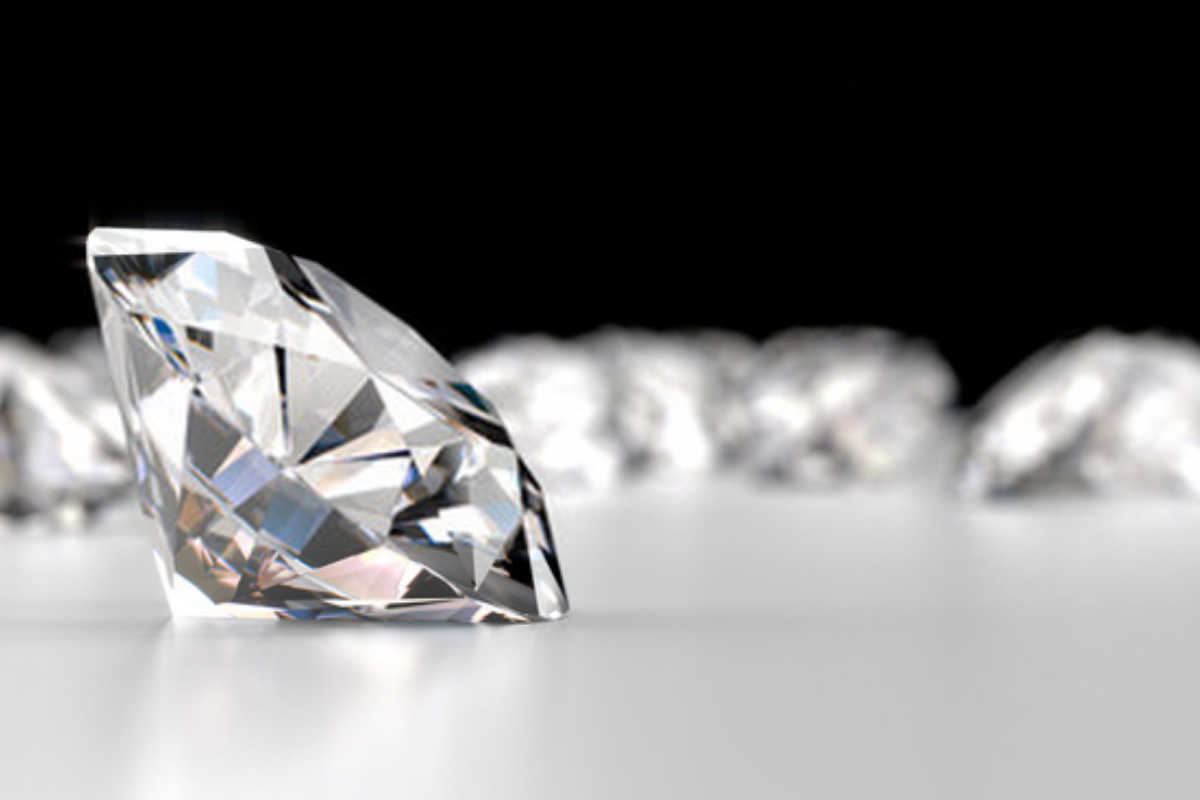Diamonds have always been objects of fascination and desire, coveted for their stunning beauty and exceptional hardness. Traditionally, these precious gemstones were mined from deep within the Earth, but in recent years, a revolutionary process has allowed us to create diamonds in a laboratory setting. One of the most intriguing methods used is Chemical Vapor Deposition (CVD). This article delves into the science behind CVD diamonds and explores the valuable insights they offer.
The Marvel of Chemical Vapor Deposition
Chemical Vapor Deposition, or CVD, is a cutting-edge technique that enables the growth of diamond crystals in a controlled environment. This process mimics the natural conditions under which diamonds are formed in the Earth’s mantle. CVD has opened up a world of possibilities and given us a unique window into the secrets of diamond formation.
Understanding the CVD Process
The CVD process begins with a small, flat substrate, often a slice of natural diamond, that serves as the foundation for the growing crystal. A mixture of hydrogen and methane gasses is introduced into a chamber at extremely high temperatures, typically over 1,000 degrees Celsius. Under these conditions, the gasses break down, and carbon atoms are released.
These carbon atoms bond together layer by layer, forming a three-dimensional diamond crystal structure. The growth can be precisely controlled, allowing for the creation of diamonds with specific sizes and shapes.
Impurities and Color
One of the most intriguing aspects of CVD Diamonds is the ability to introduce deliberate impurities during the growth process. This capability is what allows scientists to create diamonds in various colors, such as blue, yellow, or even pink. By adding specific trace elements to the growth environment, the resulting diamond can exhibit a stunning array of colors, providing valuable insights into the science of color in diamonds.
The Insights Gained from CVD Diamonds
Understanding Diamond Formation
CVD diamonds offer a unique opportunity to study the growth of diamonds at a microscopic level. Researchers can analyze the crystal’s structure, growth patterns, and impurity distributions, which can provide crucial data on how natural diamonds form deep within the Earth. This information is not only fascinating but can also help in the discovery of new diamond sources.
Exploring the Properties of Diamond
The properties of diamonds have always been a subject of scientific interest. CVD diamonds, with their controlled growth and purity, serve as excellent models for understanding the physical, thermal, and electrical properties of diamonds. This knowledge has practical applications in various fields, including electronics and materials science.
Customization and Innovation
CVD diamonds have a remarkable advantage over their natural counterparts: they can be customized with incredible precision. This adaptability is a goldmine for researchers and designers. It enables the creation of diamonds for specific industrial applications, such as cutting tools and high-performance electronics.
The Future of CVD Diamonds
As our understanding of CVD diamonds continues to deepen, we can expect further advancements in diamond technology. From improving the quality and size of CVD diamonds to discovering new applications for these lab-grown gems, the future is bright for this remarkable innovation. Lab Grown Diamond Manufacturers are disrupting the diamond industry by offering a more transparent and ethical alternative to traditional diamond mining.
In conclusion, CVD diamonds are not just exquisite gemstones; they are a scientific marvel that offers valuable insights into diamond formation, properties, and customization. The combination of art and science in creating these gemstones exemplifies human ingenuity and our ongoing quest to unravel the mysteries of the natural world.













